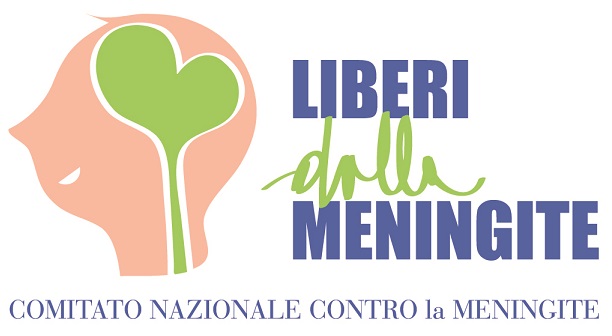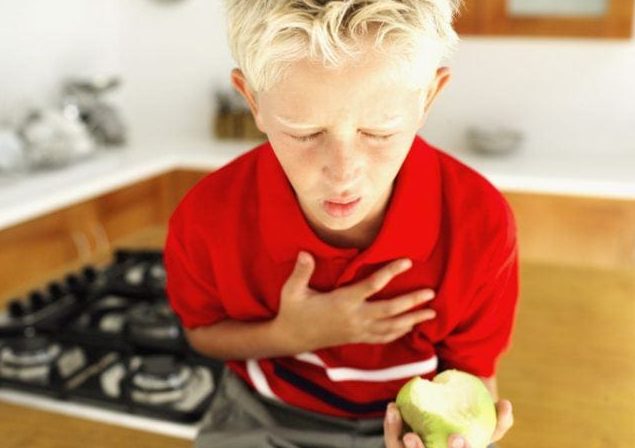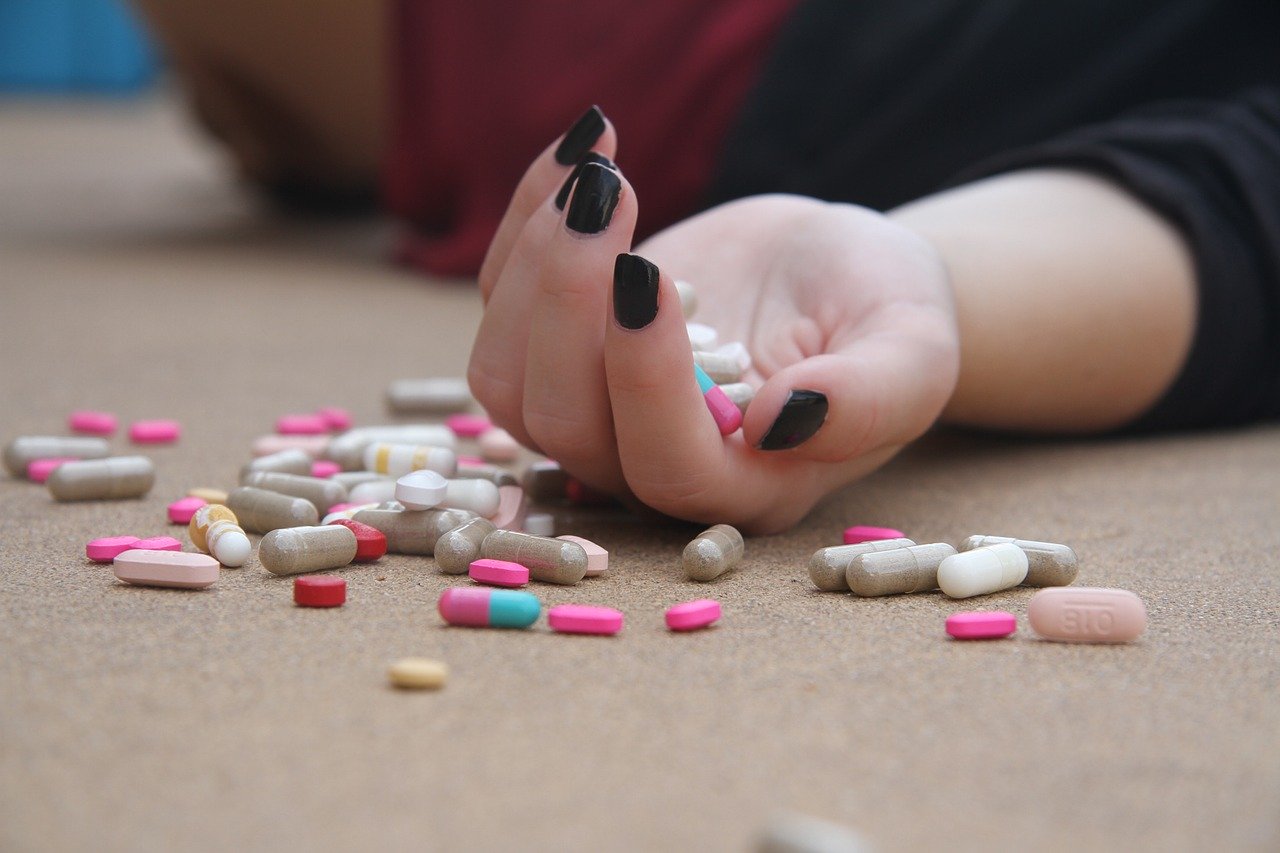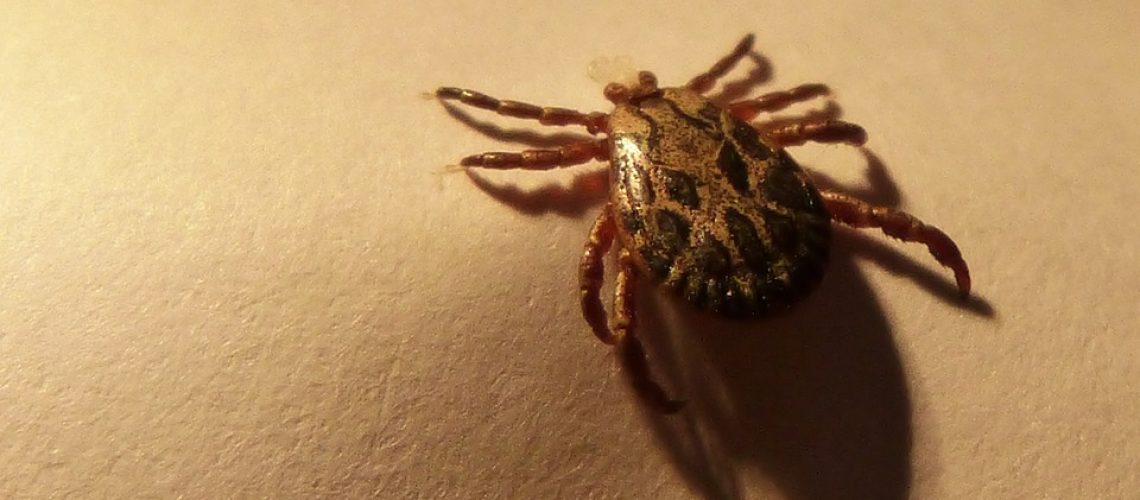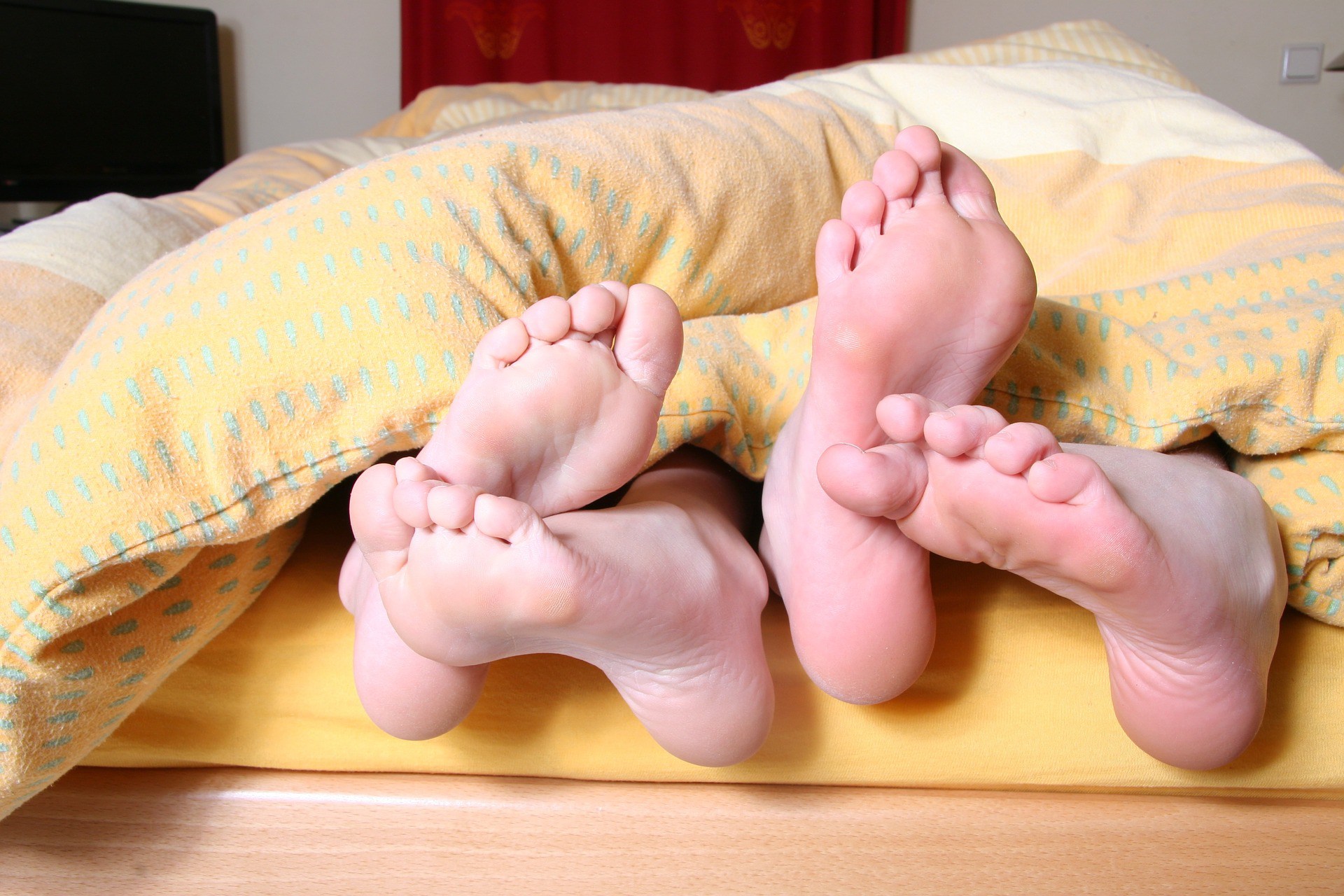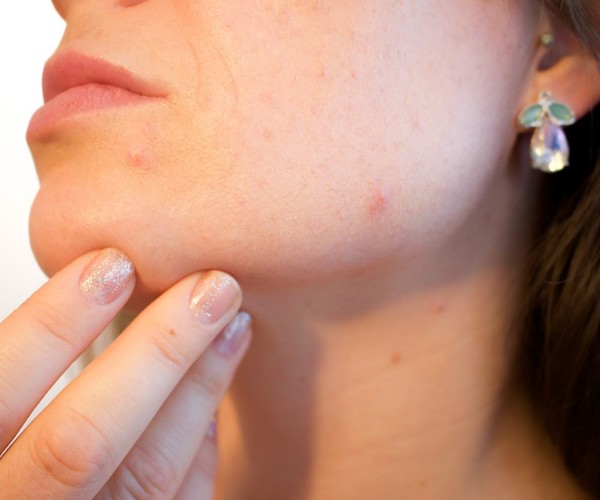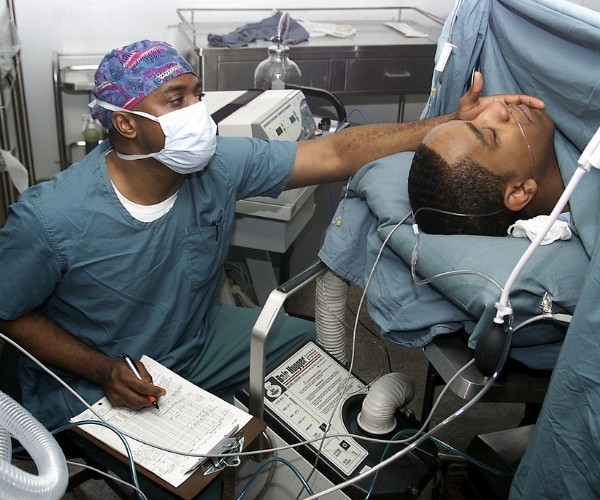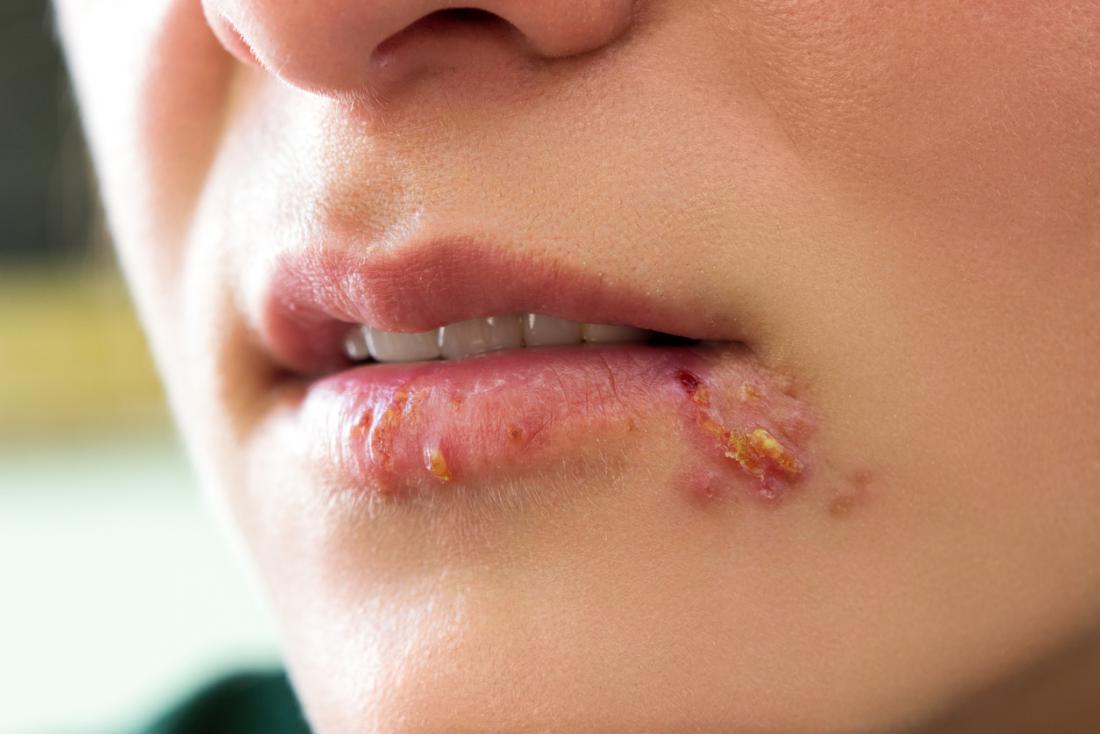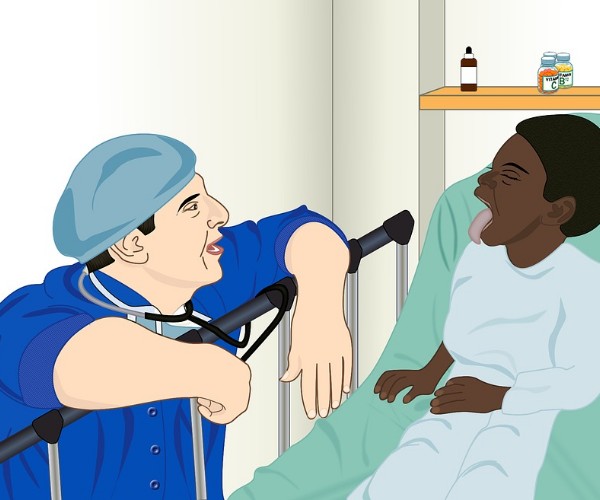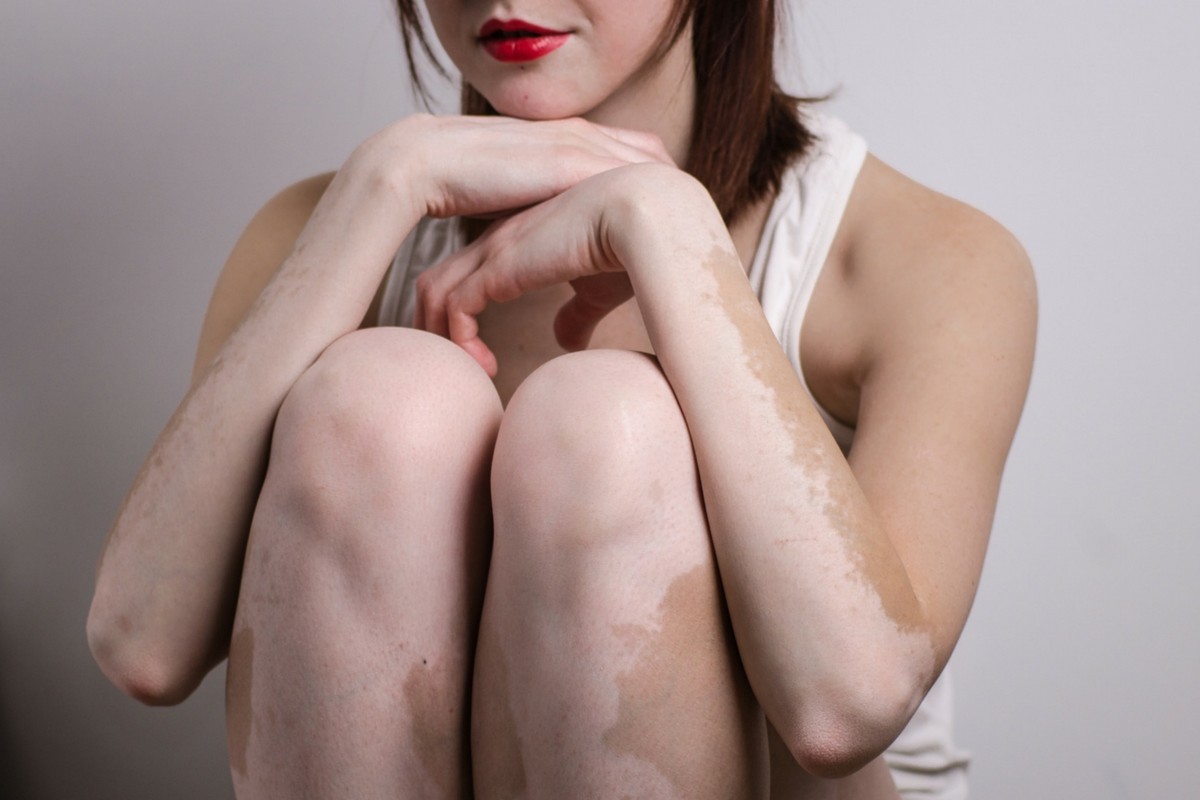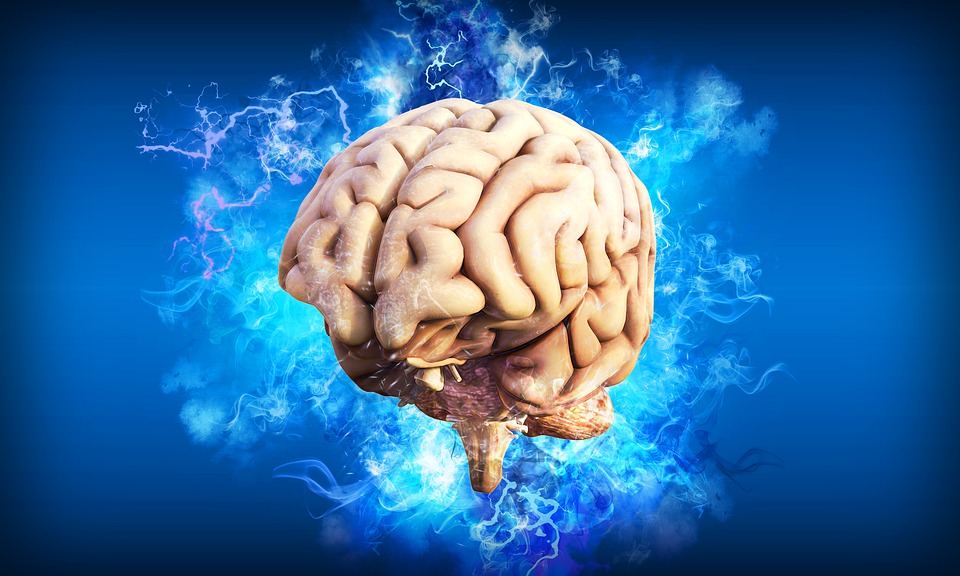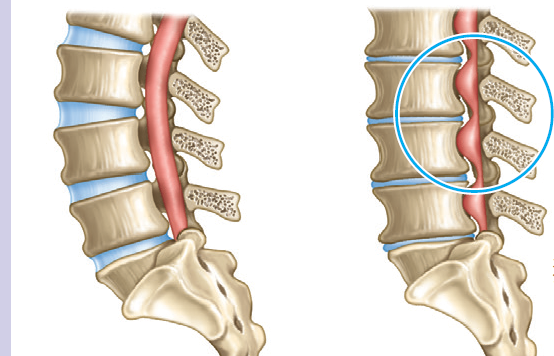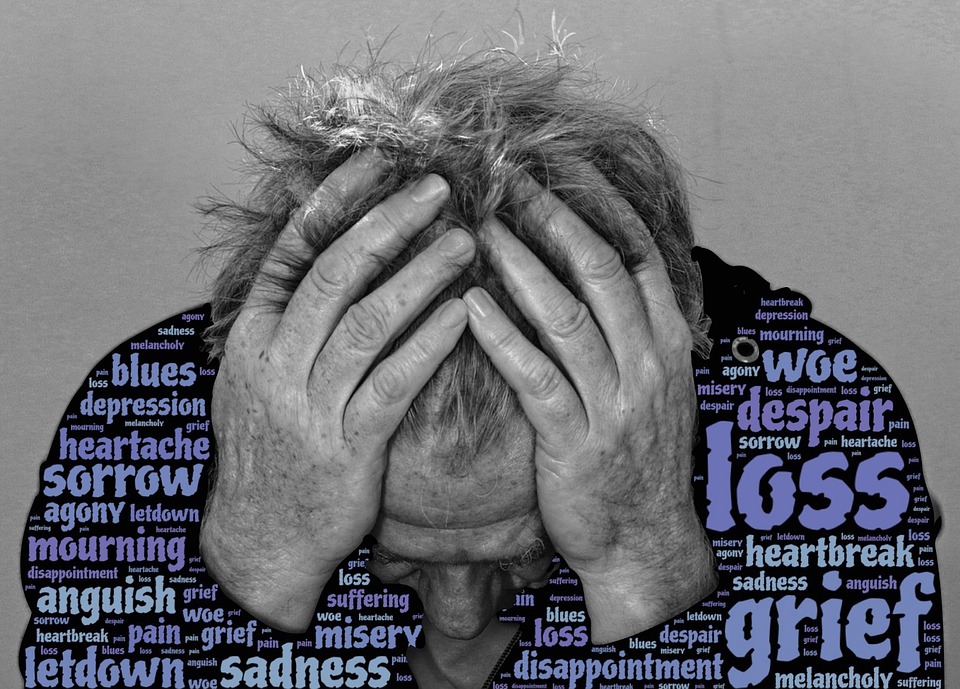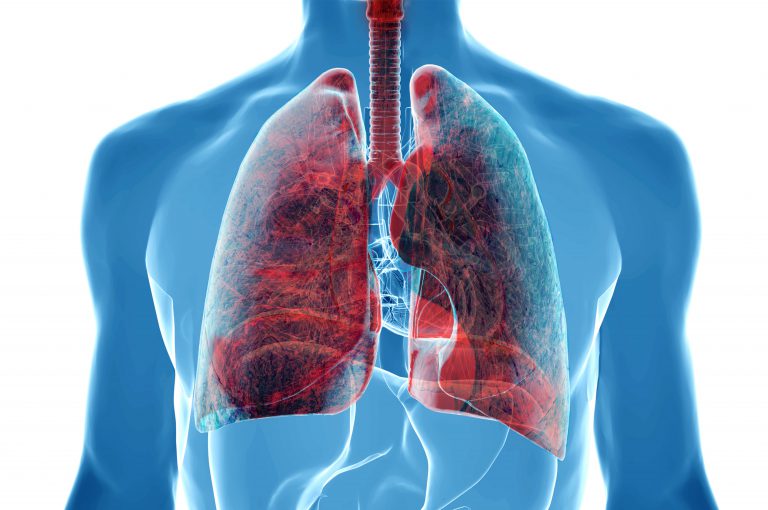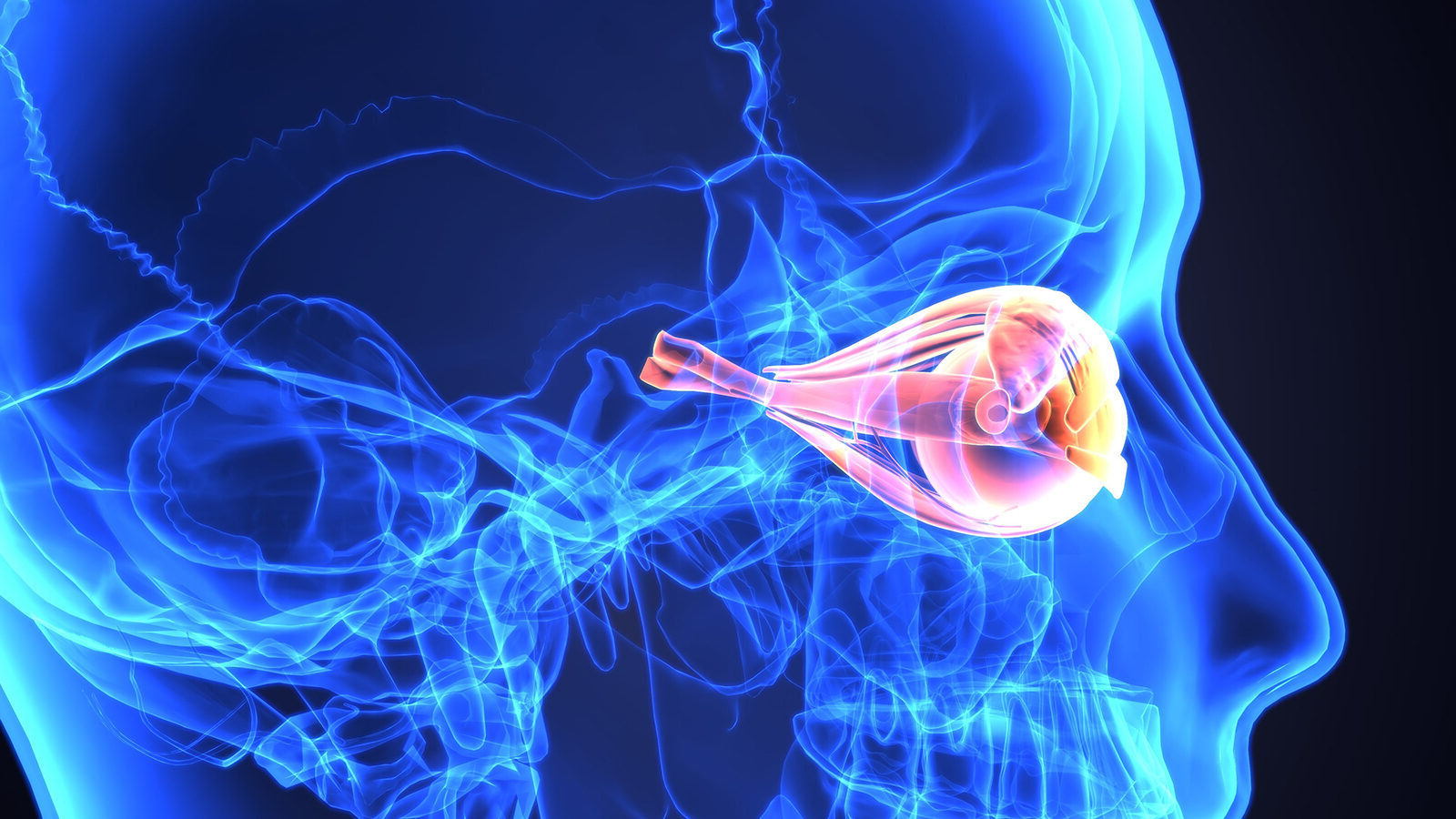A tick can remain in the skin for days without the victim being aware of it, as its bite is painless. Many bites are harmless, but some can transmit serious diseases.
What to do?
- When you realize you have a tick, remove it with tweezers or using your fingers and a paper towel. Bring the tick close to the skin surface and pull it out with steady pressure. The tick should not be grabbed from the back of the body, as the intestine may rupture and the contents may be expelled, causing an infection. To remove ticks, it is advisable not to use popular and ineffective methods such as alcohol, nail polish, kerosene gel, and petroleum derivatives.
- The bite part should be washed with soap and water.
- Apply an ice pack to reduce pain.
- Apply a specific lotion to relieve itching and always keep the area clean.
- If symptoms such as fever or intense headache occur, seek medical attention.
Source: Mediserve‘s Pocket Guide to First Aid.




